The sound diffusion system of electronic music is an important part of the live performance of electronic music. The development history of electronic music live sound diffusion system is complicated. Here, we focus on enumerating and analyzing the three most representative systems in history, such as Acousmonium, Octaphonic and BEAST. Acousmonium Also known as the "Speaker Orchestra", Acousmonium is a sound diffusing system designed by Francoise Bayle in 1974 and introduced by GRM (see Figure 1). Figure 1 The first electronic concert scene using the Acousmonium system at the Saint Severin Church in 1974 The initial Acousmonium system reached a massive scale consisting of 80 speakers of different sizes and models, initially using tape to reproduce sound (see Figure 2). The configuration of the speakers varies greatly depending on the composer's aesthetic and work. Its sound spread is achieved through a mixer-type interface, along with fader control. A large number of different characteristics of the speaker through a fader corresponding to a speaker for sound diffusion control is quite complicated, so Acousmonium can also be set to an input signal routing to multiple speakers, thus achieving a more fader control The function of the overall amplitude of the speakers. Figure 2 Schematic diagram of the Acousmonium sound diffusion system first used in 1974 The most notable feature of the system is the use of asymmetric speaker arrays, while other similar systems prefer a strictly symmetrical layout. Compared with other systems, Acousmonium has more flexibility, so it is still widely used. INA-GRM uses this system for live music performances (see Figure 3). The scenes of previous Beijing International Electronic Music Festival are also used frequently. This sound diffusion system. Figure 3 Paris Saint Germain electronic concert scene using the Acousmonium sound diffusion system in 2015 Octaphonic Octaphonic, also known as the eight-channel system, is a sound-diffusion system that replays eight discrete-channel audio signals with eight speakers. Octaphonic's original design philosophy was to achieve equivalent sound coverage in different directions, with eight channels of speakers distributed in different orientations on a circle. The eight-channel system has grown and developed over the next few years. Many famous electronic music works have been created and performed under this system, and today they are still favored by many electronic music composers. For example, when BEAST and Jonty Harrison, director of electroacoustic music studio, played the eight-channel tape "Streams" at an electronic concert, the "Main Eight" speakers were often configured as a sound diffusion system called BEAST ( See Figure 4). The biggest feature of this configuration is the ability to effectively build a stereo image for the viewer. See the BEAST introduction below for details. Figure 4 BEAST main Eight speaker configuration Scott A. Wyatt, former chairman of the Electroacoustic Music Society, director of experimental music studios at the University of Illinois, and professor of music creation, also pointed out that in addition to the BEAST main eight-channel configuration, the eight-channel system has two layouts: the first is the speaker. The circular eight-channel speaker array forms a circle around the listener, and the other is a rectangular eight-channel speaker array that forms a rectangular array. The biggest advantage of the circular eight-channel speaker array (see Figure 5) is that for a mono sound source, it is possible to control which speaker is used to construct the sound image by simply controlling the sound image potentiometer without worrying about the stereo image. problem. Figure 5 Circular eight-channel speaker array proposed by Scott A. Wyatt The rectangular eight-channel speaker array (see Figure 6) uses a "stereo + fill" playback format. The front, side and rear are stereo pairs, and the front and rear center speakers are used to fill the sound. In this arrangement, the sound image of the mono signal can be moved in a circular manner, and the stereo image can be moved from the front to the rear. This approach can be seen as a combination of the first two approaches. Figure 6 Rectangular eight-channel speaker array proposed by Scott A. Wyatt BEAST (Birmingham Electro-Acoustic Sound Theatre) In 1982, the University of Birmingham (British) launched a sound diffusion system called BEAST, which consists of more than 100 channels of loudspeaker pairs, with a set of high-frequency loudspeakers and subwoofers that can be hung above the audience. It is a sound diffusion system designed specifically for electronic music performances (see Figure 7). Figure 7 Real-time view of the 48-channel BEAST sound diffusion system at the University of Birmingham BEAST's smallest speaker set for sound diffusion is the main Eight-speaker configuration proposed by the famous British electronic music composer Jonty Harrison. It consists of four pairs of speakers, using the BEAST naming principle, called the No. 1 main speaker pair, the No. 2 side-mounted speaker pair, the No. 3 rear speaker pair, and the No. 4 remote speaker pair (corresponding to Figure 4). The 3D mixer (see Figure 8) is a full-custom mixer from BEAST and the last analog mixer from BEAST. Mr. Jonty Harrison called it the "reverse mixer." Unlike a normal mixer, the mixer is a two-channel input, multi-channel output. Figure 8 BEAST 3D mixer matrix routing diagram Today, composers no longer use analog consoles, but instead use digital multichannel interfaces and use MIDI faders to control sound diffusion through dedicated programs. The fader's control flexibility is greatly enhanced, and the same function of the same fader can be set in the system: it can control one speaker or a group of speakers, and can also control a circular eight-channel speaker array. With this system, multiple eight-channel groups placed around different positions of the audience can be used to spread the eight-channel sound source (see Figure 9). In this case, each fader controls an eight-channel group. Figure 9 Multi-group eight-channel system for sound diffusion in a unified BEAST system In summary, Acousmonium and Octaphonic, as the two most influential systems in the history of electronic music development, have different design concepts and practical scope. As a representative system of Octaphonic's large-scale and complex, BEAST plays an important role in the creation and performance practice. These types of systems are both connected and sometimes competitive, and they have grown stronger and stronger in the development of electronic music. It should be noted that the system of sound diffusion cannot leave the musical works, and the standard is the tool and means of interpreting the works. The choices and individualized modifications of the system by composers and sound engineers are derived from the needs of creation. The practice of comparing the quality of the system separately from the works is often one-sided, and the results obtained are also unconvincing. 2.54mm (.100") Pin Headers
2.54mm pitch headers may be further classified into pin orientation as well, such as vertical or straight male header or right-angle male header.
Elevated pins aka Stacked Pins or Mezzanine are simply stacked pin headers providing an exact distance requirement between PCBs that optimizes electrical reliability and performance between PCB boards.
Male Header,2.54Mm Male Header,2.54Mm Male Header Pins,2.54Mm Pin Header,0.100in Male Header,0.100in Pin Header Connector ShenZhen Antenk Electronics Co,Ltd , https://www.antenkelec.com
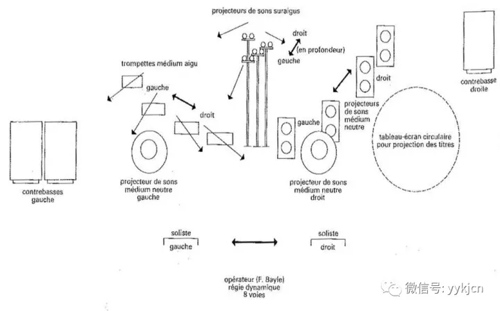
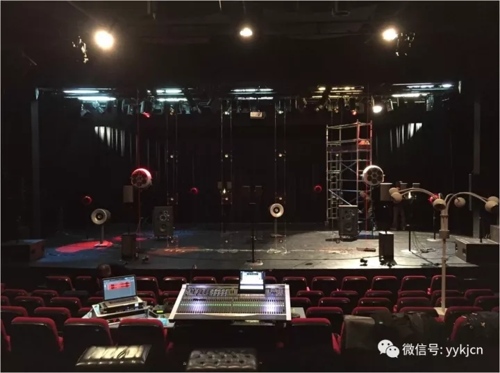
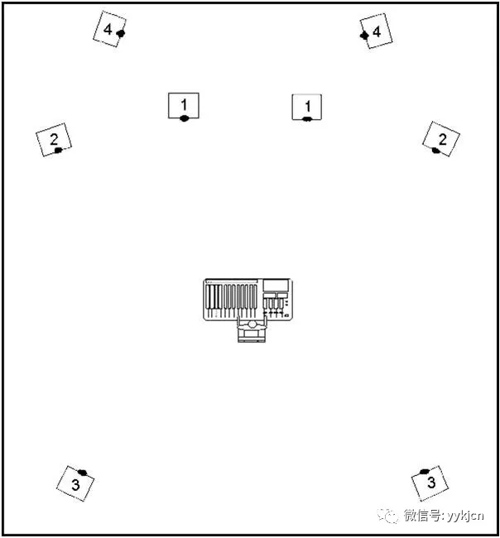
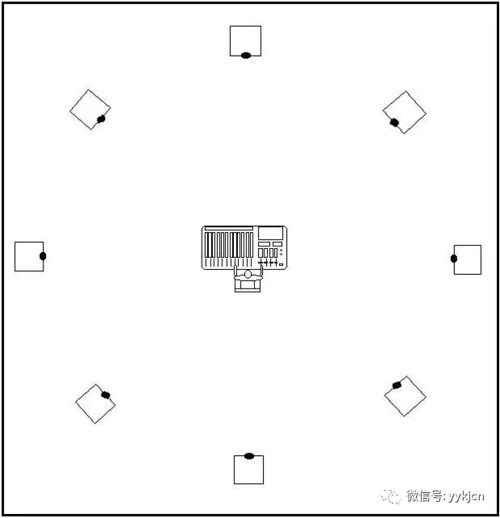
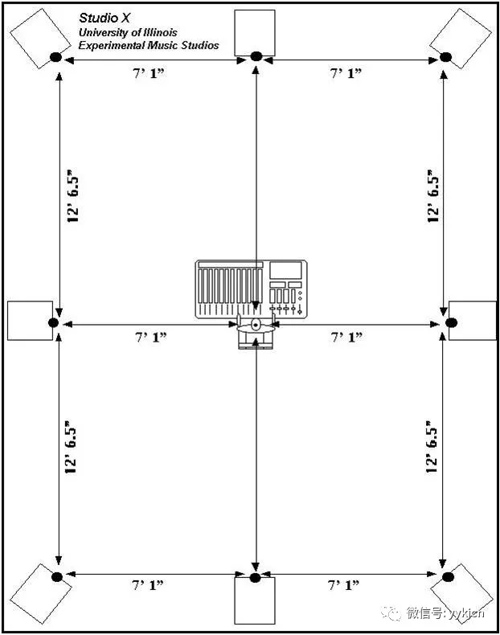
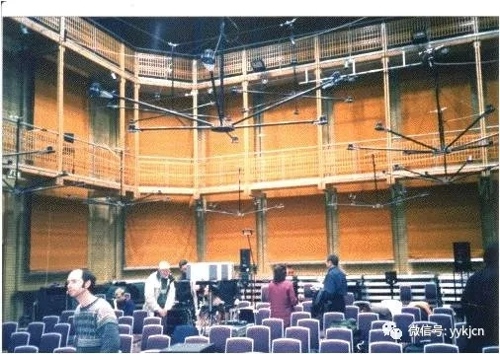
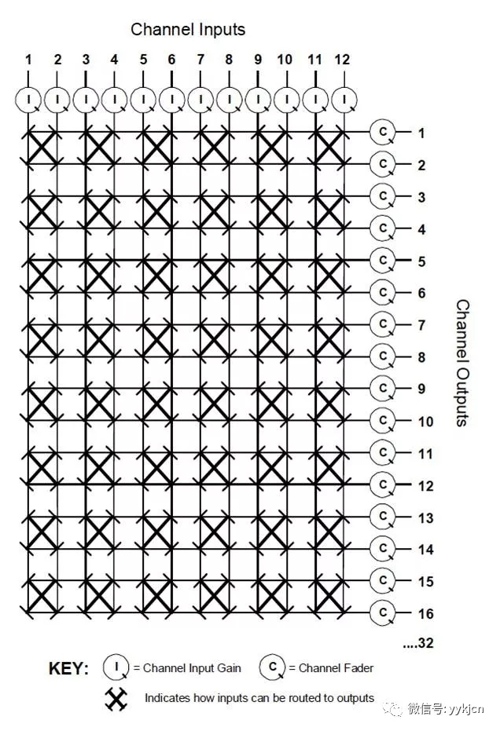
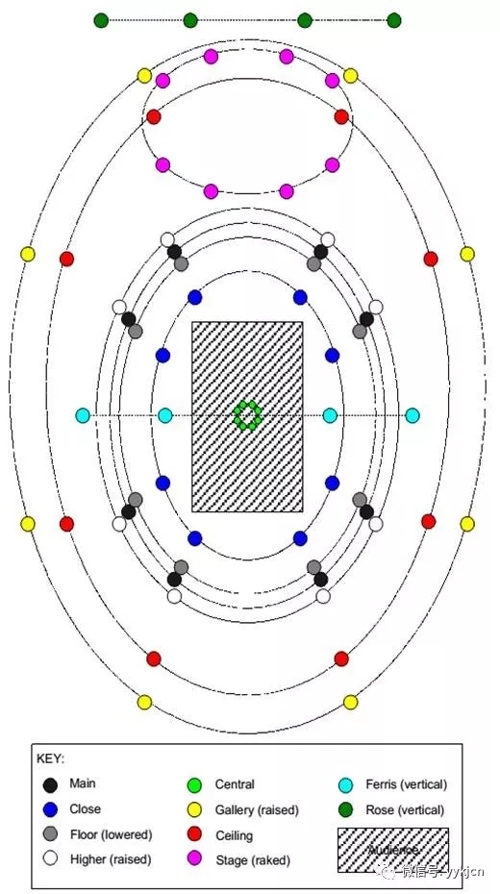
Antenk`s line of 2.54mm pitch pin headers are durably made for high vibration environments, for board-to-board or PCB to PCB Connectors, with industry-leading current of 3.0A. Designed for low-profile applications, this pin header is made from high-temperature thermoplastic and is offered with several means of connections and mounting styles such as through-hole (THM) or surface mount (SMT) and can be in vertical (straight), elevated or at a right angle configuration/orientation
Pin header customization is also available upon your request. The 2.54mm pitch pin header is highly recommendable for signal and low power PC board connections when space is at a premium and when 1.0mm and 1.27mm pitch headers cannot dissipate the required current. In addition, the 2.54mm pitch pin header holds an excellent mating quality that fits with various types of female connectors.
Applications of 2.54mm Pitch Pin Headers
Motherboard Connectors
The Motherboard of a computer holds together many of the crucial components such as the central processing unit (CPU), memory and connectors for input and output devices.
Printer Connectors
Automotive PC Connectors
Smart, high power automotive PC power supply garners its capabilities from quality pin headers, designed for general purpose battery powered applications. These are manufactured to provide power and to control the motherboards' switch based on ignition status.
Battery Connections
Rechargeable battery packs, battery balancers, battery eliminator circuits. Battery connections rely on the ability of the current to pass reliable and solid current. This prevents overheating in the circuit and voltage drop.
Medical Diagnostic and Monitoring equipment
Communications: Telecoms and Datacoms
Industrial and Automotive Control and Test
Mount Type: Through-hole vs Surface Mount
2.54mm pitch pin (male) headers are offered in either Surface-mount or Through-hole mount termination. At one side of this pin header is a series of pins which can either be mounted and soldered directly onto the surface of the PCB (SMT) or placed into drilled holes on the PCB (THM).
Through-Hole (Poke-In)
Best used for high-reliability products that require stronger connections between layers.
Aerospace and military products are most likely to require this type of mounting as these products experience extreme accelerations, collisions, or high temperatures.
Useful in test and prototyping applications that sometimes require manual adjustments and replacements.
2.54mm vertical single row header, 2.54mm vertical dual row header, 2.54mm Elevated single row pin header, 2.54mm Elevated dual row pin Header, 2.54mm Right-angle single row header and 2.54mm Right-angle dual row header are some examples of Antenk products with through-hole mount type.
Surface-Mount
The most common electronic hardware requirements are SMT.
Essential in PCB design and manufacturing, having improved the quality and performance of PCBs overall.
Cost of processing and handling is reduced.
SMT components can be mounted on both side of the board.
Ability to fit a high number of small components on a PCB has allowed for much denser, higher performing, and smaller PCBs.
2.54mm Right-angle Dual Row pin header, 2.54mm SMT Single row pin header, 2.54mm SMT Dual row pin header and 2.54mm Elevated Dual Row Pin Header are Antenk`s SMT pin headers.
Soldering Temperature for 2.54mm Pitch Pin Headers
Soldering SMT pin connectors can be done at a maximum peak temperature of 260°C for maximum 60 seconds.
Pin-Type: Vertical (Straight) and Right-Angle
One side of the series of pins is connected to PCB board in which the pins can be at a right-angle to the PCB surface (usually called "straight" or [vertical") or.
Right-Angle Pin (Male) Header Orientation
Parallel to the board's surface (referred to as "right-angle" pins).
Each of these pin-types have different applications that fit with their specific configuration.
PCB Connector Stacking
Elevated Pin Header Orientation
This type of configuration is the most common way of connecting board-to-board by a connector. First, the stacking height is calculated from one board to another and measured from the printed circuit board face to its highest insulator point above the PCB.
Single, Dual or Multiple Number of Rows
For a 1.0mm straight or vertical male pin header, the standard number of rows that Antenk offers ranges from 1 to 2 rows. However, customization can be available if 3, 4 or n number of rows is needed by the customer. Also, the number of contacts for the single row is about 2-40 pins while for dual row, the number contacts may vary from 2-80 pins.
Pin Material
The pins of the connector have been designed with copper alloy. With customer`s demand the pins can be made gold plated.
Breakaway design
The pin headers are also equipped with a breakaway design making them fully compatible with their female receptacles.
Custom 2.54mm Pitch Pin Headers
Customizable 2.54 mm pitch pin headers are also available, making your manufacturing process way faster as the pins are already inserted in the headers, insulator height is made at the right size and the accurate pin length you require is followed.
Parts are made using semi-automated manufacturing processes that ensure both precision and delicacy in handling the headers before packaging on tape and reel.
Tape and Reel Packaging for SMT Components
Antenk's SMT headers are offered with customizable mating pin lengths, in which each series has multiple number of of circuits, summing up to a thousand individual part number combinations per connector series.
The tape and reel carrier strip ensures that the headers are packaged within accurately sized cavities for its height, width and depth, securing the headers from the environment and maintaining consistent position during transportation.
Antenk also offer a range of custom Tape and reel carrier strip packaging cavities.